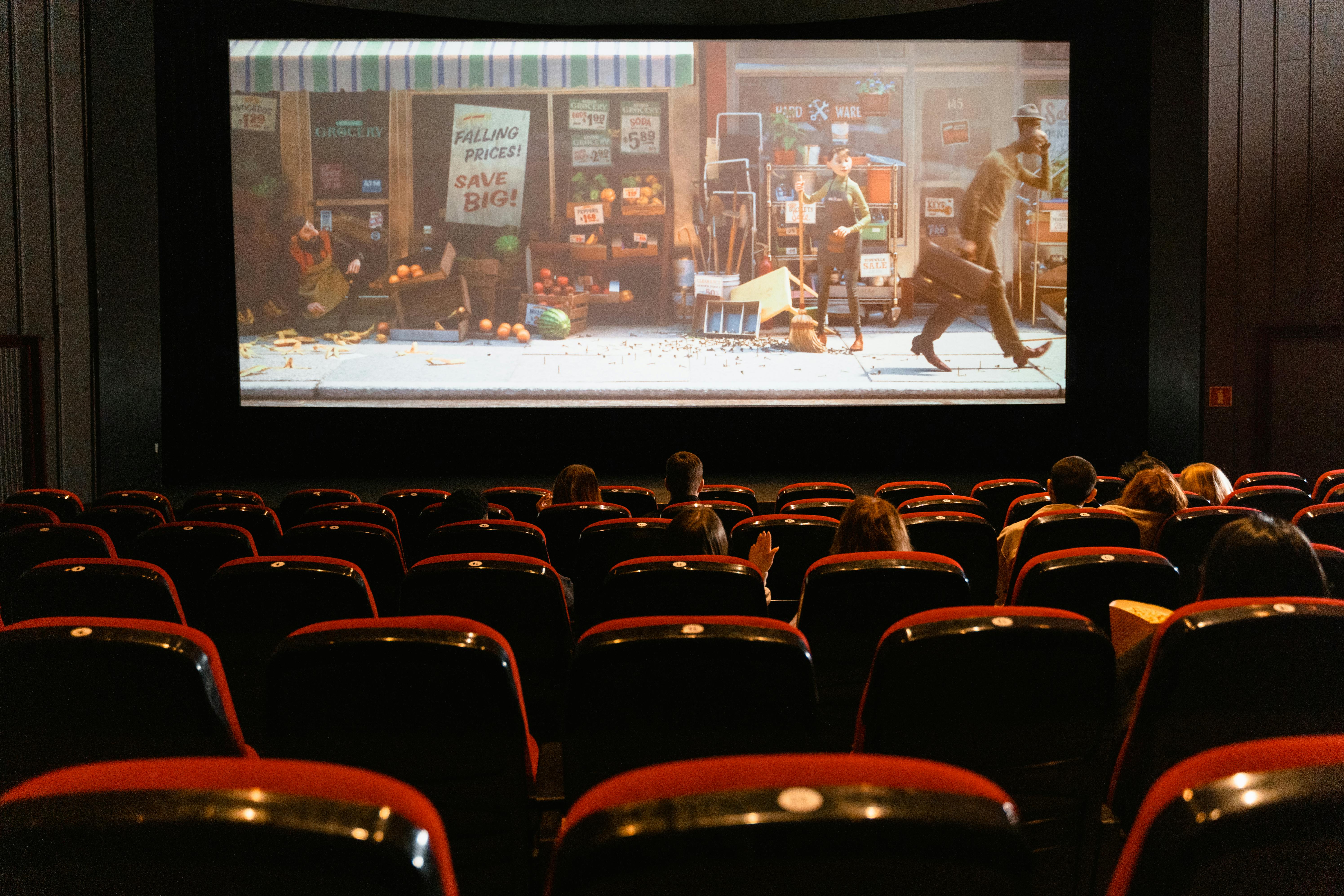Shattering the Fourth Wall: An Innovative Approach in Contemporary Theater
Introduction: Delve into the dynamic trend that is reshaping the world of contemporary theater: breaking the fourth wall. This article uncovers its historical roots, current application, and the profound impact it has on audiences. The concept of breaking the fourth wall traces back to the 16th century, during the era of Elizabethan theater. The term "fourth wall" refers to an imaginary barrier separating the actors from the audience in a traditional three-walled theater set. Breaking the fourth wall means actors acknowledging the audience's existence, either through direct eye contact, dialogue, or actions. This innovative technique was first used to amplify comedic effect in plays, engaging the audience more directly.

The Modern Application of Breaking the Fourth Wall
In contemporary theater, breaking the fourth wall has evolved beyond its comedic origins. It’s now a tool utilized by playwrights and directors to inject realism into performances, encouraging audiences to contemplate the boundaries between fiction and reality. This approach has been notably employed in productions like “House of Cards,” where protagonist Frank Underwood regularly shares his inner thoughts with viewers, blurring the line between spectator and participant.
The Impact and Significance of Breaking the Fourth Wall
Breaking the fourth wall is more than just an artistic technique; it’s a powerful method of audience engagement. By acknowledging the audience, actors disrupt the traditional passive viewing experience, transforming spectators into active participants. This engagement can provoke a deeper emotional connection to the narrative, making the performance more impactful and memorable.
The Reception and Critique of This Technique
Like all artistic innovations, breaking the fourth wall has its critics and proponents. Some argue it can disrupt narrative immersion, pulling viewers out of the story world. Others, however, applaud its potential to challenge conventional theater norms and stimulate audience engagement. Despite differing opinions, its widespread application in contemporary theater signifies its influence and staying power.
Current Developments in Breaking the Fourth Wall
Recently, this technique has been increasingly employed in digital mediums, such as streaming platforms and video games. As the world of entertainment continues to evolve and merge with technology, the use of breaking the fourth wall is expected to continue innovating, transforming the way narratives are presented and experienced.
In conclusion, breaking the fourth wall, while not a new concept, is an innovative trend shaping contemporary theater. Its roots in historical theater combined with its modern application and potential for future development make it a fascinating topic within the arts and entertainment industry. As it continues to evolve, it’s clear this technique will remain at the forefront of creative storytelling, continuing to challenge and engage audiences in new and exciting ways.





